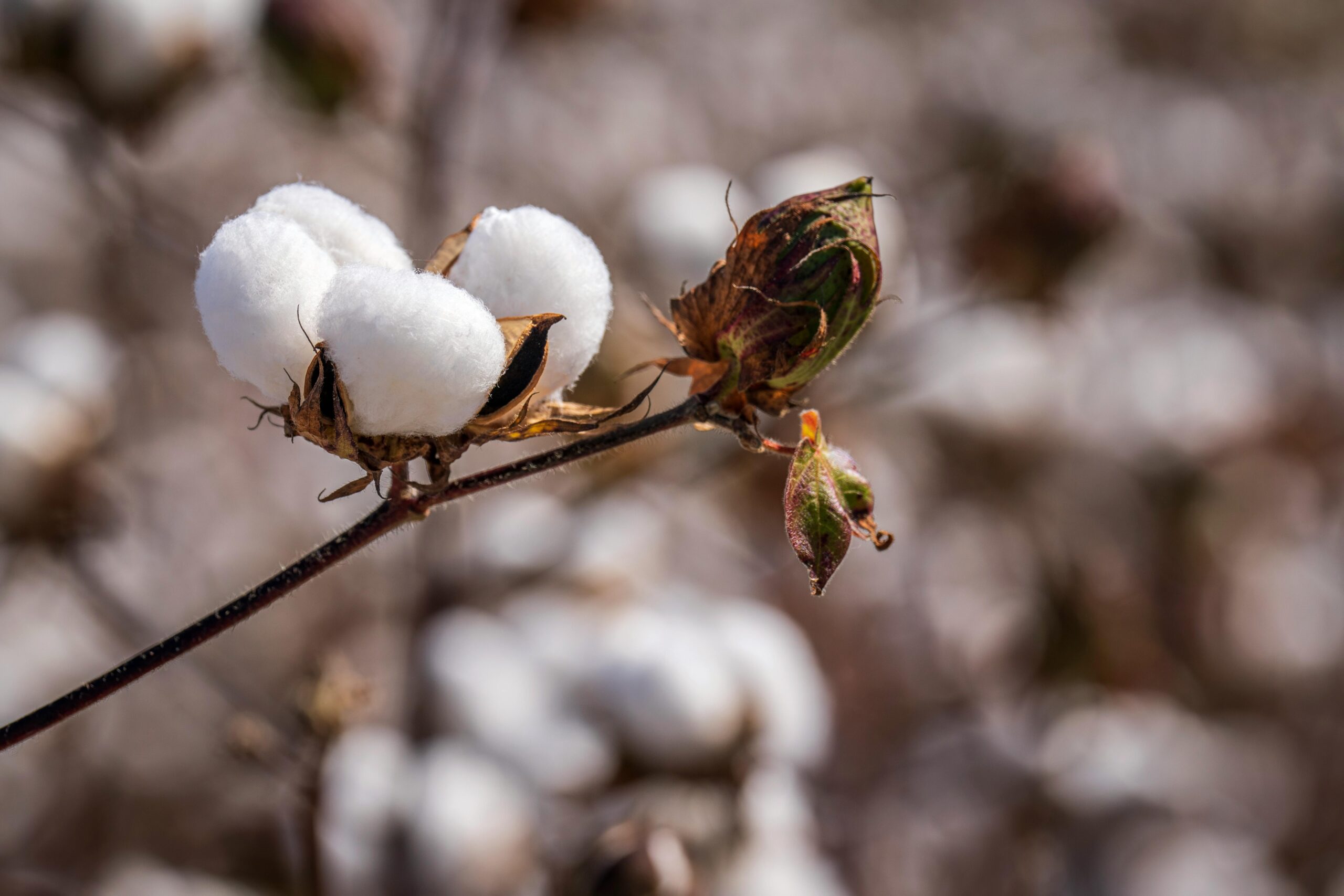In a world where consumers increasingly demand sustainability in their clothing, the fashion industry faces a significant challenge—transparency. Enter BASF e3 Cotton, a structure that is reshaping the way cotton is grown and sourced, providing hope for environmentally conscious consumers and farmers alike.
But what exactly is e3 Cotton?
In essence, a product of “environmentally responsible” farming practices and a commitment to regenerative agriculture. Unlike a certificate of quality like the Better Cotton Initiative (BCI) certification, BASF e3 is an enrollment-based initiative that gives farmers the platform and tools behind sustainable tracking and growing processes. The cotton the enrolled farmers produce then becomes e3 cotton.
Sustainability
The growers behind e3 Cotton prioritize the health of their land, incorporating practices that reduce carbon emissions, conserve water, and build soil carbon. With 37% of e3 farmers relying on natural rainfall and 79% using reduced tillage practices, the environmental benefits are tangible. In fact, e3 farmers have collectively reduced 3,691 tons of carbon dioxide emissions, and 73% of them incorporate practices that build soil carbon.
The success of e3 Cotton lies in its unique approach to accountability. By tracking environmental outcomes back to each farmer’s individual cotton field and even to each bale of cotton, e3 ensures unparalleled transparency in the supply chain. Mills focused on sustainable practices, such as Vidalia Mills, can then market their products as sustainably sourced.
With e3 Cotton, consumers can trust that their clothing is not only made with sustainable production standards but also backed by hard data and transparent production tracing, setting a new caliber for sustainable production and accountability.

